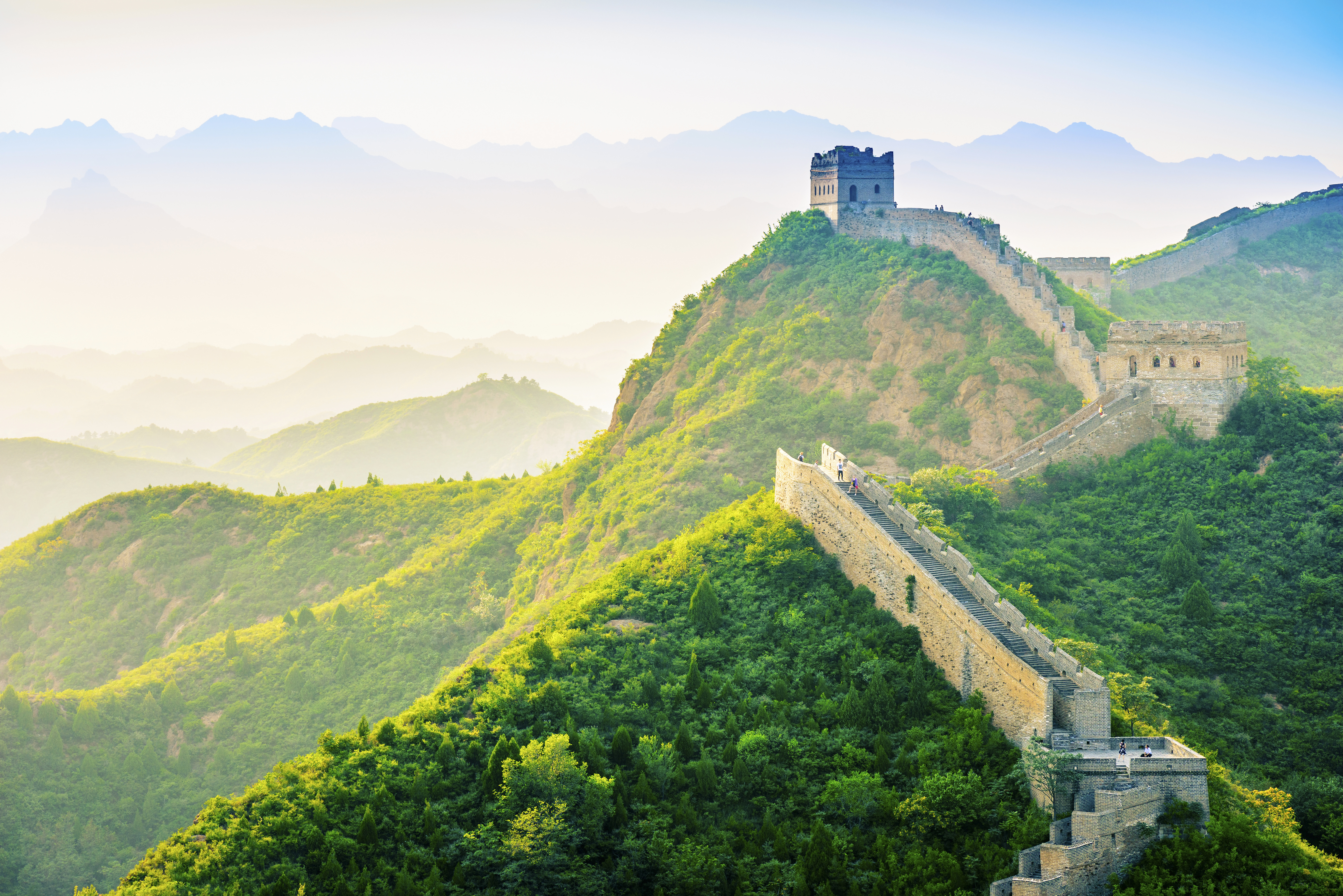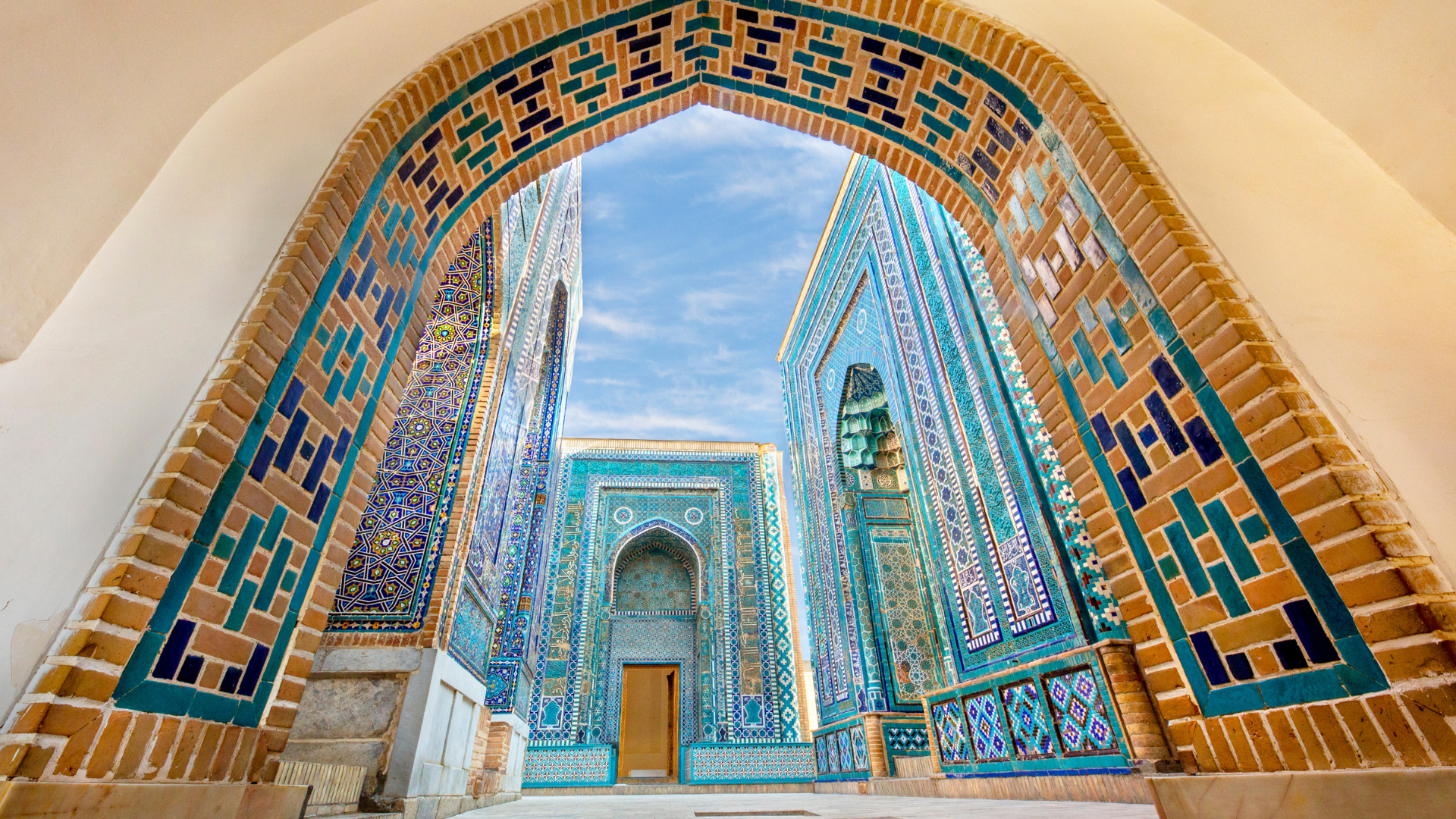Climbing The Great Wall

The Origins of the Great Wall
The Great Wall of China has a rich and intriguing history that dates back over two millennia. Its origins can be traced back to the ancient states of Qi, Yan, and Zhao during the Warring States Period (476-221 BC). These states built their own walls to defend their territories from invasions. However, it was during the Qin Dynasty (221-206 BC) that the construction of the Great Wall truly began on a large scale. Emperor Qin Shi Huang connected and extended the existing walls to form a unified defense system.
The Great Wall was primarily built using materials such as stone, brick, and wood. Many laborers, including soldiers, peasants, and prisoners, were involved in its construction. It was a massive undertaking that required immense manpower and resources. The wall was strategically positioned along the northern borders of China to protect the country from various nomadic tribes and invasions.
Over the centuries, different dynasties made significant contributions to the construction and expansion of the Great Wall. The Han Dynasty (206 BC-220 AD) reinforced and extended the wall to safeguard the Silk Road trade route. The Ming Dynasty (1368-1644) further strengthened and fortified the wall, adding watchtowers, barracks, and other defensive structures. The Great Wall that we see today is mostly from the Ming Dynasty.
The construction of the Great Wall spanned several centuries and involved the collaboration of numerous dynasties. It is a testament to the ingenuity, determination, and perseverance of the ancient Chinese people.
Construction and Expansion
The construction and expansion of the Great Wall of China were monumental endeavors that required immense planning, resources, and labor. The original purpose of the wall was to protect the northern borders of China from invasions. As various dynasties came to power, they continued to expand and reinforce the wall to enhance its defensive capabilities.
The construction process involved the use of different materials such as stone, brick, and wood. The workers had to overcome various challenges, including rugged terrain, harsh weather conditions, and logistical difficulties. They used advanced techniques and engineering principles to ensure the stability and durability of the wall.
The Great Wall was not a single continuous structure but rather a series of interconnected walls, watchtowers, and fortifications. It stretched across thousands of kilometers, traversing mountains, valleys, and deserts. The strategic positioning of the wall allowed for effective surveillance and defense against potential threats.
The construction and expansion of the Great Wall were not only engineering marvels but also significant cultural and historical achievements. They symbolize the unity, strength, and resilience of the Chinese civilization.
Strategic Significance
The Great Wall of China holds immense strategic significance in the history of China. It served as a formidable defense system, protecting the northern borders of the country from invasions and ensuring the safety of its people.
The wall acted as a physical barrier that deterred potential invaders and provided a sense of security to the Chinese population. Its imposing presence, combined with its strategic positioning along the natural boundaries of China, made it an effective deterrent against nomadic tribes and foreign forces.
In addition to its defensive capabilities, the Great Wall also played a crucial role in regulating trade and controlling immigration. It served as a checkpoint for travelers and merchants, allowing the Chinese authorities to monitor and regulate the movement of people and goods.
The Great Wall's strategic significance extended beyond its physical attributes. It became a symbol of national pride, unity, and strength. It embodied the spirit of the Chinese civilization and its ability to overcome challenges and protect its borders.
Myths and Legends
The Great Wall of China is not only a historical marvel but also a treasure trove of myths and legends. Throughout its long history, various stories and legends have emerged, adding to the mystique and allure of the wall.
One popular myth is the tale of Meng Jiangnu, a young woman whose husband was conscripted to work on the Great Wall. When she heard the news of his death, she wept so bitterly that a section of the wall collapsed, revealing her husband's bones. This story is often cited as a testament to the human cost and tragedy associated with the construction of the wall.
Another legend is the story of General Meng Tian, who was tasked with overseeing the construction of the wall during the Qin Dynasty. It is said that he had a magical ability to summon dragons to aid in the construction. This legend highlights the mythical aspects associated with the Great Wall and the awe-inspiring nature of its construction.
These myths and legends not only entertain but also provide insights into the cultural and historical significance of the Great Wall of China. They add an element of wonder and enchantment to an already mesmerizing structure.
Preservation Efforts
Preserving the Great Wall of China is a challenging task due to its immense size, age, and exposure to natural elements. Over the years, various preservation efforts have been undertaken to protect and maintain this iconic structure for future generations.
The Chinese government, along with international organizations and experts, has invested significant resources in the restoration and conservation of the Great Wall. Efforts have been made to repair damaged sections, reinforce weak areas, and prevent further deterioration.
Preservation projects involve a delicate balance between maintaining the authenticity and integrity of the wall while ensuring its long-term stability. Advanced techniques and technologies are used to study and analyze the structure, identify areas of concern, and implement appropriate restoration measures.
In addition to physical preservation, educational and awareness campaigns have been launched to promote the importance of the Great Wall and encourage responsible tourism. These efforts aim to foster a sense of appreciation and respect for this remarkable historical monument.
Preserving the Great Wall of China is not only a testament to its historical significance but also a commitment to safeguarding the cultural heritage of the Chinese civilization.

.png)
